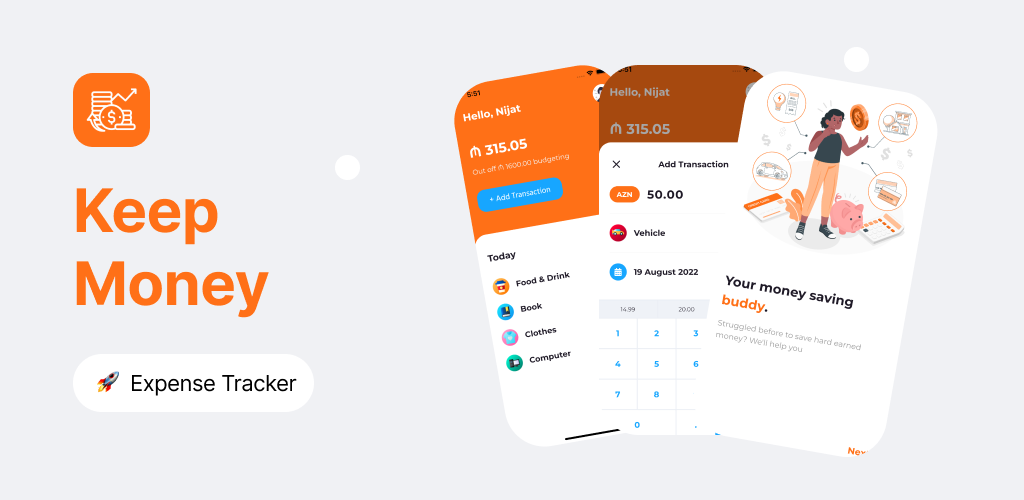* We want to determine what types of database that we use for storage (might want to change it later on)
* We want to adhere to SOLID principles since we are using OOP for this project.
* We want to ensure that UI layers do not care what is going on at the data layer at all.
* We might want to separate each layer into different packages.
* Modal Sheets
* Pages
* Widgets
* Cubits
* Cubits are important for only managing UI state based on business logic
* Usecases (user stories)
* Repositories interface
* Typically one function, but can be more if functions are related.
* Remember, one class has one responsibility only.
* source
* locals (Database)
* remotes (API)
* Repositories (Implementation from Domain layer)
* hive_adapters
Dependency Injection is a great design pattern that allows us to eliminate rigid dependencies between elements and it makes the application more flexible, easy to expand scales and maintain.
In the project we use Plugin get_it to implement DI and we have also defined classes so you can easily implement DI in the DI layer.
The project has predefined Named routes
You can build the app using the commands
for Android
## development: flutter build apk -t lib/main.dart --flavor beta
## staging: flutter build apk -t lib/main.dart --flavor prod
for IOS
## development flutter build ios -t lib/main.dart --flavor beta
## staging: flutter build ios -t lib/main.dart --flavor prod
* All resources (images, fonts, videos, ...) must be placed in the assets class
Get dependencies and generate necessary files.
We'll handle the generation of required files for 🚀 your onboarding!
Using this library to handle multi-languages. Follow this guide to understand and config languages files
You've done entire steps correctly and I make sure that this project will have paramount effect on your progress learning Flutter








